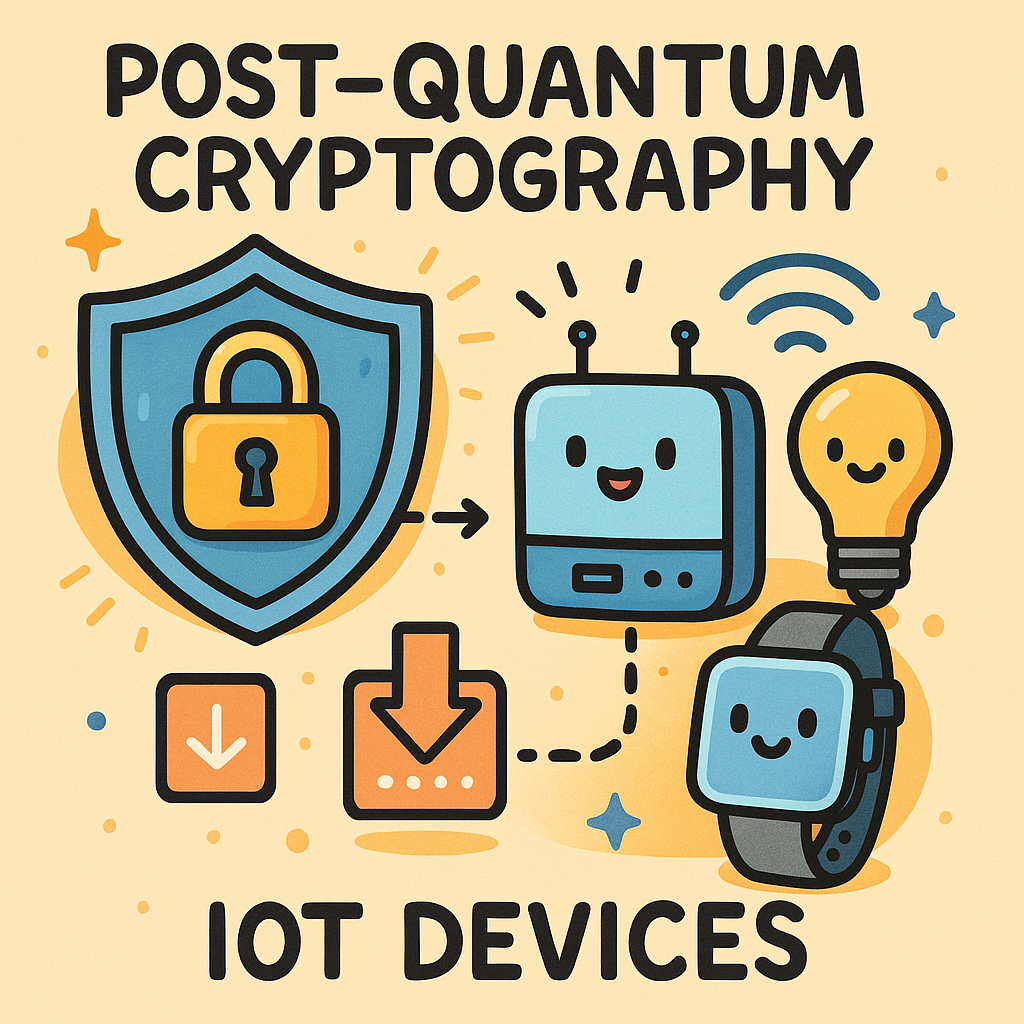Understanding NTRU and Its Importance in Post-Quantum Cryptography
As the world progresses towards a future dominated by quantum computing, traditional cryptographic algorithms face unprecedented threats. Among the various contenders in the post-quantum landscape, NTRU has emerged as a promising lightweight alternative, particularly suited for resource-constrained environments like IoT devices. NTRU’s security stems from the hardness of polynomial ring problems, which remain resistant even against quantum attacks, making it an intriguing choice for secure firmware updates.
The Challenge of Firmware Updates in IoT Devices
IoT devices often operate under significant constraints, from limited processing power and memory to stringent energy requirements. These constraints pose unique challenges for secure firmware updates. Traditional cryptographic methods, such as RSA and ECC, while effective, can be computationally intensive and require substantial memory overhead—something that many resource-constrained devices simply cannot afford.
Why Choose NTRU for IoT Firmware Updates?
NTRU stands out due to its relatively small key sizes and efficient performance. For instance, while a 2048-bit RSA key may require extensive computational resources, an NTRU key of similar security can be significantly smaller, allowing for faster encryption and decryption processes. This efficiency translates directly to quicker firmware update cycles, which are crucial for maintaining the security posture of IoT devices.
Implementing NTRU: Technical Considerations
When implementing NTRU for firmware updates, several technical aspects must be carefully considered:
- Algorithm Selection: Different variants of NTRU exist, each with unique parameters. The choice of parameters must balance security needs with performance, especially given the limited capabilities of IoT hardware.
- Memory Footprint: The NTRU implementation should minimize the memory footprint. This includes selecting efficient data structures for polynomial representation and ensuring that temporary storage during computations is minimized.
- Power Consumption: IoT devices often run on batteries, making power efficiency paramount. NTRU’s operations, particularly polynomial arithmetic, should be optimized for minimal power usage, potentially leveraging hardware acceleration where available.
Challenges in Resource-Constrained Environments
Implementing NTRU isn’t without its challenges. The first hurdle is the limited computational capability of many IoT devices. This limitation can lead to difficulties in handling the polynomial arithmetic inherent in NTRU. Engineers often need to resort to optimized libraries or even custom hardware solutions to enable efficient computation.
Another challenge is ensuring that the firmware update process itself is secure. A common attack vector involves a man-in-the-middle (MitM) intercepting the update. To counter this, strong authentication mechanisms need to be integrated. This might involve using NTRU to sign the firmware update, ensuring that only verified updates are applied to the device.
Real-World Design Tradeoffs
In real-world applications, engineers frequently face design trade-offs. For example, while using longer keys might enhance security, they also increase processing time and memory usage. A balance must be struck between the security level and the operational constraints of the device. Moreover, the implementation must be robust against potential side-channel attacks, which can exploit the timing and power consumption patterns during cryptographic operations.
Additionally, the integration of NTRU into existing firmware update frameworks can be complicated. Many legacy systems rely on traditional cryptographic algorithms, and migrating to NTRU requires careful planning and testing to ensure compatibility and security integrity throughout the transition.
Conclusion: The Path Forward for Secure IoT Firmware Updates
As the landscape of cybersecurity evolves with the advent of quantum computing, the need for innovative solutions like NTRU becomes increasingly critical. For engineers working on IoT devices, leveraging NTRU for secure firmware updates presents an exciting opportunity to enhance security while navigating the challenges of resource constraints. The journey involves careful consideration of algorithmic efficiency, memory management, and robust implementation practices, all of which are essential to fortifying the security of the ever-growing IoT ecosystem.



